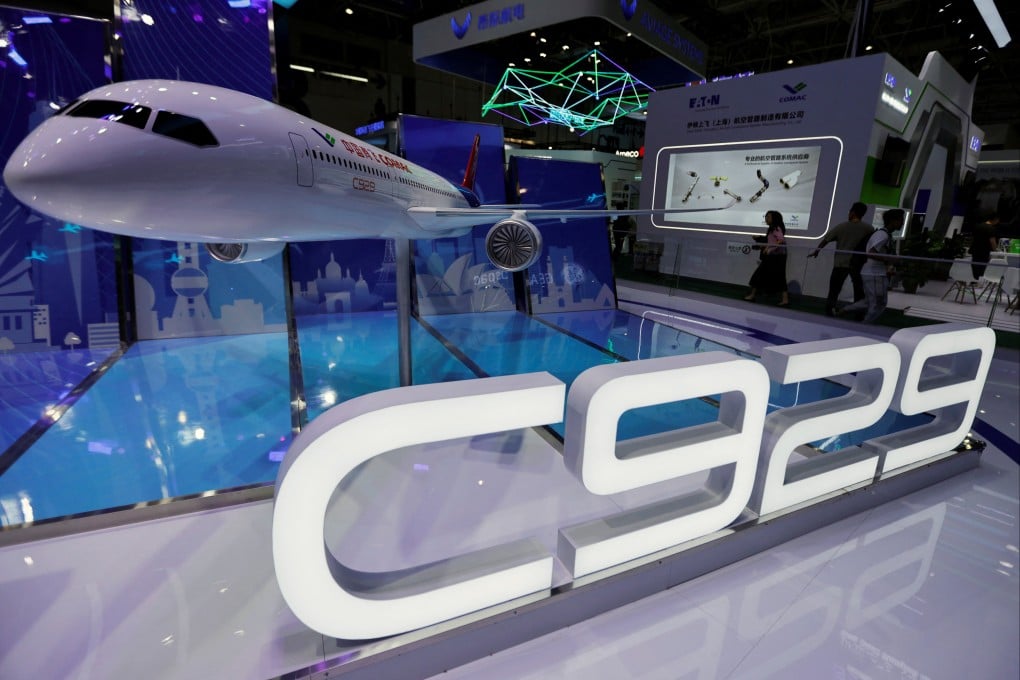Advertisement
Opinion | To rival Boeing and Airbus, China’s C929 needs more than top engineering
The country must secure international certification to win trust, build an aerospace ecosystem and balance localisation with global integration
Reading Time:3 minutes
Why you can trust SCMP
5

China’s development of its first widebody passenger jet represents its ambition to compete globally. But lifting the C929 off the ground will require more than just advanced engineering. Supply chain resilience, talent development and global trust will determine if the programme can truly fly.
The home-grown C929, developed by the Commercial Aircraft Corporation of China (Comac) and expected to carry up to 440 passengers with a range of 12,000km, is looking to rival the Airbus A350 and Boeing 787, both popular airline choices. History, however, has shown that widebody developments are filled with challenges.
Boeing delayed the launch of its 787 for three years after outsourcing missteps while an Airbus struggling with A350 supply chain bottlenecks has limited its production to six per month. Farther back, the Ilyushin Il-96, designed in the Soviet Union, faltered soon after the union’s collapse as the technical components became obsolete.
Advertisement
These cases highlight the need for robust supplier coordination and modern technology, and serve as lessons for Comac to balance localisation and global integration. China hopes to avoid these pitfalls through aggressive localisation.
The C929 is targeting 90 per cent localisation, with 70 per cent of core subsystems developed domestically. Around 1,200 Chinese suppliers in cities like Shanghai and Chengdu are involved, expected to produce over half of the airframe using domestic composite materials. The C929’s fuselage sections are being manufactured by Huarui Aerospace Manufacturing while Comac will carry out the final assembly of the aircraft.
Advertisement
The greatest technical challenge lies in propulsion. With the domestically developed CJ-2000 engine still a work in progress, the C929 could rely on Western-made engines such as GE Aerospace’s GEnx or the Rolls-Royce Trent series, along with foreign avionics and landing gear. But such a reliance would contradict Beijing’s localisation narrative and expose the project to geopolitical disruptions.
Advertisement
Select Voice
Choose your listening speed
Get through articles 2x faster
1.25x
250 WPM
Slow
Average
Fast
1.25x
.jpg?itok=nwrFC-Aa&v=1747107027)